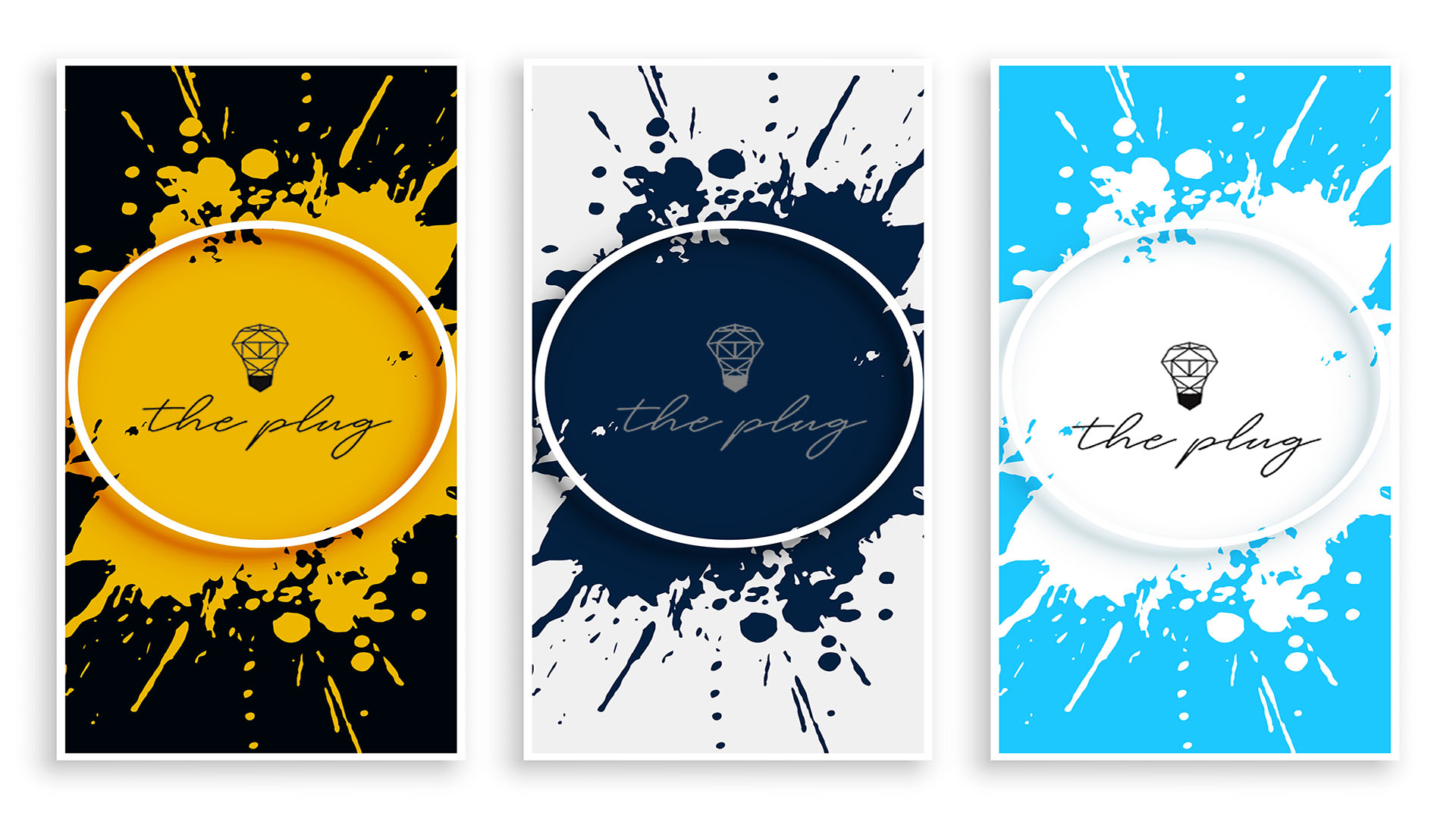
Did you ever face yourself with the question if the color of your brand matters to your branding image? Well rest assured, the answer is absolutely, its color may actually be one of the most direct factors affecting your brand image.
This is important because a variation of colors has various meanings and symbols to different individuals. Colors usually hold subjective meanings to how the individual experienced the color or the society views the specific color.
We will use this blog to explain why colors actually matter, and more importantly how you can utilize them to build a better brand image for your company.
Psychology of Colors
When choosing the color of your brand, you should always make sure that you know what you’re doing and why you’re doing it. This is because colors are always expected to affect the moods and emotions of the beholder. Color theory, which is the base for color psychology, is a theory that links feelings and emotions with different colors, talking about the fact that even if we don’t know it; colors do have a strong effect on how we emotionally perceive an object or a brand.
The best example of that is the effect of green as color on you, if you see a brand that has a green theme an individual is more likely to think about nature and agriculture, or money if you know the company has a financial base.
This is why you should start your choice from a singular point: In what thought process do you want the aesthetic of your brand to move your clients?
Meanings of Specific Colors

Following is a list of main colors and their meanings which you can use when designing your brand:
BLACK: Serious and Sophisticated
Green: Nature and liveliness
Red: Youth and excitement
Purple: Passion and wisdom
Yellow: Friendliness and Knowledge
Blue: Confidence
White: Simplicity
Brown: Wholesome
Brand Identity Comes First
Brand identity is what your brand seeks to identify with. This is a combination of goals, visions for your future, customer interaction and social impact. Deciding these aspects will allow you as an entrepreneur to create a wholistic brand identity. This will make the process of choosing the colored theme of your brand possible and much easier.
If you do not still have a brand identity and don’t know how to create one for your company, you are welcome to read our other blog “Marketing Vs. Branding” that will show you the correct path to take in achieving your goal.
The next step after establishing your brand identity, you can use that identity to choose colors that are consistent with what you now know about your brand, as brand colors are observatory reflections to that identity. This will not only help you decide on a logo that is more suited for your business, it will also give you the ability to choose the theme of marketing campaigns that are seen by clients and customers.
If done correctly, this process will give your campaigns a form of oneness across all used platforms.
Try to get yourself Inspired
Examine your competitors’ palettes and try to figure out why they work so well. Never steal! Only consider what you can learn from their color selections and how you might set yourself apart from the competition. Stealing means taking someone else’s color palette and applying it to your brand as your own. It’s fine if your colors are similar but remember that if you want to stand out from the crowd, you must have your own unique character.
Steps to Choose your Own Colors
Following are some questions that you need to ask yourself before you land on a specific choice for your colors. These are questions that are meant to direct the scope of your search within the colors:
Which set of colors would give you an edge over your competitors?
Is your choice of a color based on appropriate cultural data?
What are the demographics of your niche customers?
What are your niche customers interested in?
Use the checklist of these questions to have a handful of colors first.
Your next step is to choose a primary color, the main color of your brand, one that your clients will always reminded of when the name of your business jumps in a conversation.
You can then start choosing a group of other colors that will go along with it and will go along with each other. These are called …. You guessed it …. Secondary colors.
Your next step is to choose your neutral colors. They’re crucial since they bridge the gap in your communication. Put them all together and try them in a few different combinations to make sure they work well together and express the message you want to send.
You are now ready to go wild with your own choice of colors for your brand. But you have to remember that knowing yourself comes before knowing other, get to know your brand identity first and what it represents before choosing how to show it to people.
Finally, we here at the plug can always be of help to you in branding aspects of your company that will help you grow into what you want it to evolve into.




